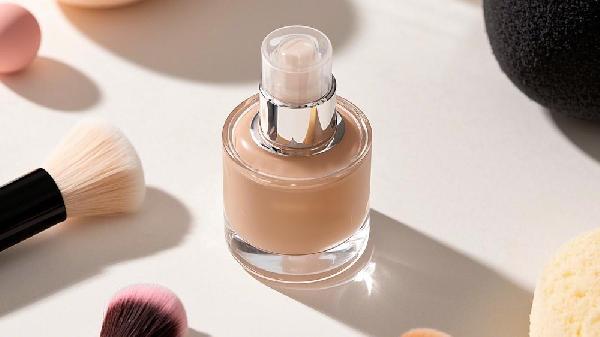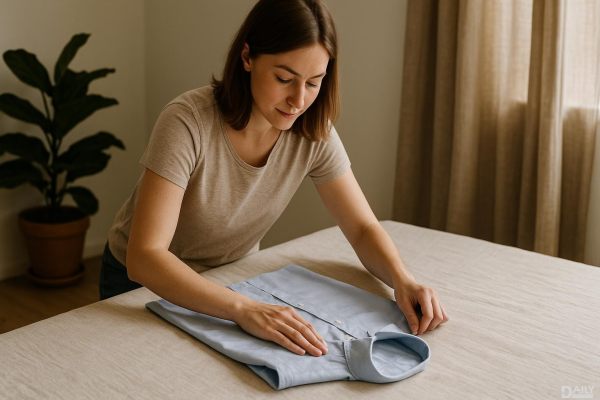In our daily lives, many people enjoy wearing makeup, but a common issue that arises is the problem of foundation flaking. There are various types of foundation, and many prefer those that stay put without flaking. So, what are some foundations that don’t flake? And how should foundation be applied correctly?

---
The Correct Way to Apply Foundation
Applying Foundation with Your Fingers
1. After your skincare routine, take an appropriate amount of foundation and use your middle and ring fingers to pick up the product.
2. Apply the foundation to five key points: forehead, chin, both cheeks, and the nose. Use a pressing motion to spread the foundation evenly, blending it outward from these points until it melts into the skin.
3. The skin around the eyes is thin, so avoid applying too much foundation here, as it can easily lead to wrinkles. When applying foundation under the eyes, look upward and blend from the inner corner outward using a pressing motion.
4. Once the foundation is evenly applied to the face, don’t neglect the nose. Take a small amount of foundation on the bridge of the nose and blend it horizontally to create a thinner layer, giving a translucent effect.
---
Applying Foundation with a Sponge
1. Apply a small amount of foundation to five areas: forehead, chin, both cheeks, and the nose.
2. Use a clean, teardrop-shaped sponge. The rounded end is for blending the cheeks and forehead, while the pointed end is for the nose and chin.
3. Apply extra foundation to the sides of the nose, as this area tends to get red. Use the pointed end of the sponge to add an additional layer.
4. Press the sponge gently over the entire face to ensure the foundation adheres smoothly.
---
Applying Foundation with a Brush
1. Squeeze the foundation onto the back of your hand and evenly coat the brush with the product.
2. Hold the brush at a 45-degree angle, with about one-third of the bristles touching the skin, and use straight, back-and-forth motions.
3. For the nose, which is prone to oiliness, use the brush vertically to carefully cover the area.
4. For the forehead, start from the center and blend outward. Repeat as needed, and use a single stroke near the hairline to avoid unevenness.
























